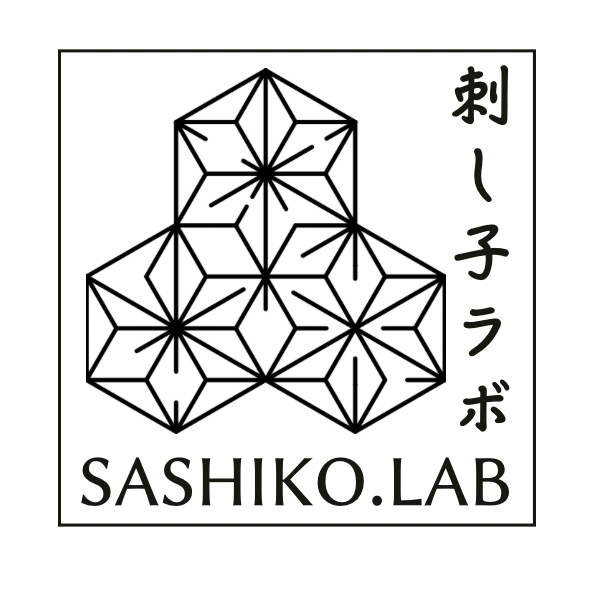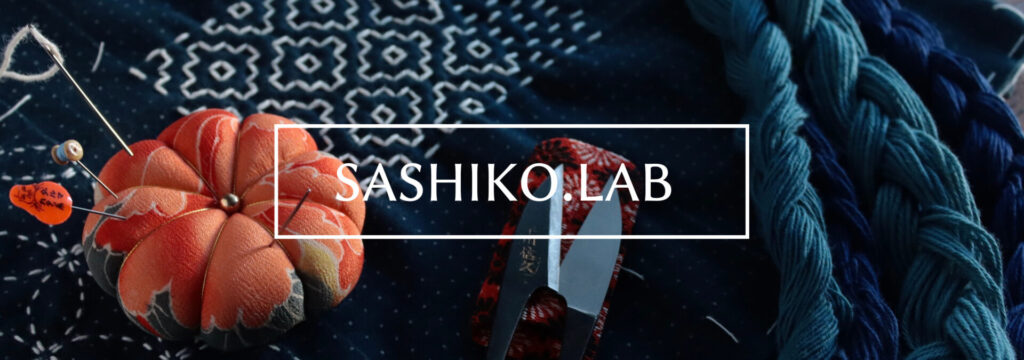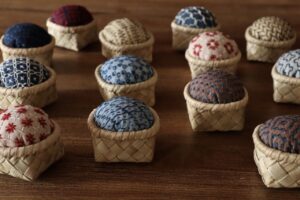Woven basket from the island of Tokyo
When we hear Japanese traditional woven basket, the bamboo is the first material that comes to mind. But today, I will introduce you something different.
Traditional folk crafts from Ogasawara islands
What do you picture when you think of Tokyo? The crowded streets drenched with neon lights? Or the fully packed trains? Then, did you know Tokyo is home to a cluster of untouched islands at the same time?
The Ogasawara Islands are a chain of volcanic islands in the Pacific Ocean. it's located about 1000 kilometers away from Tokyo and the only way to reach the islands is by a weekly 24 hour ferry ride from Tokyo. Only the two largest islands, Chichi-jima (Father Island) and Haha-jima (Mother Island) are inhabited and you can expect breathtaking views of tropical islands.
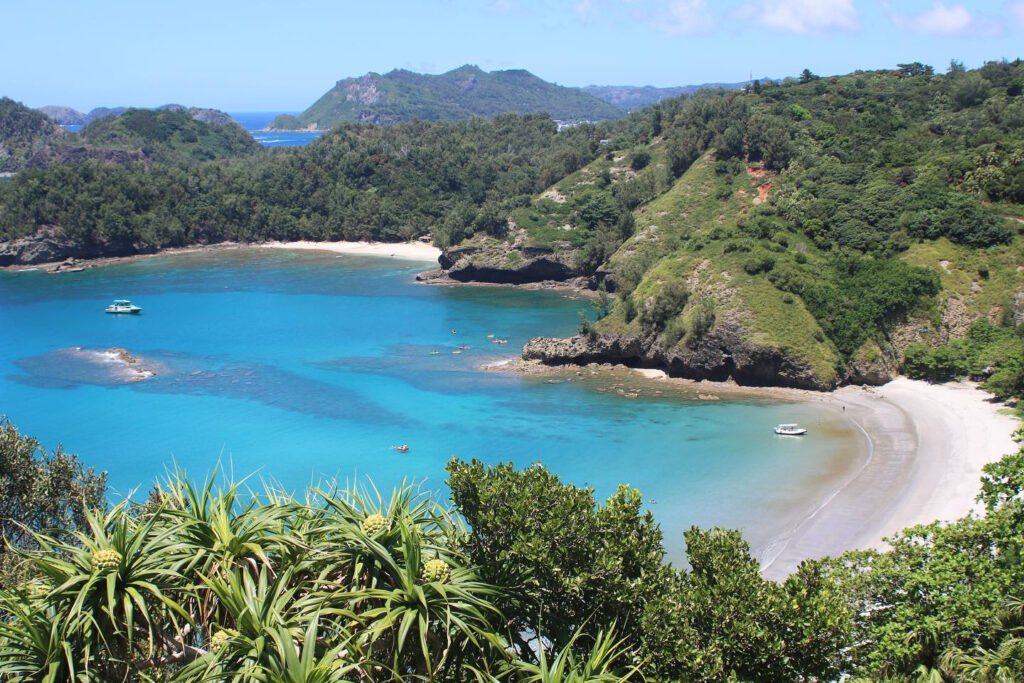
The woven baskets I'm introducing today are made in these beautiful and secluded islands. Takonoha folk crafts have been the local products since before 1940's at least. Telling the truth, I've never heard of Takonoha before until Momo @momo_sashico introduced it to me.
Takonoha, the tree of the Ogasawara village
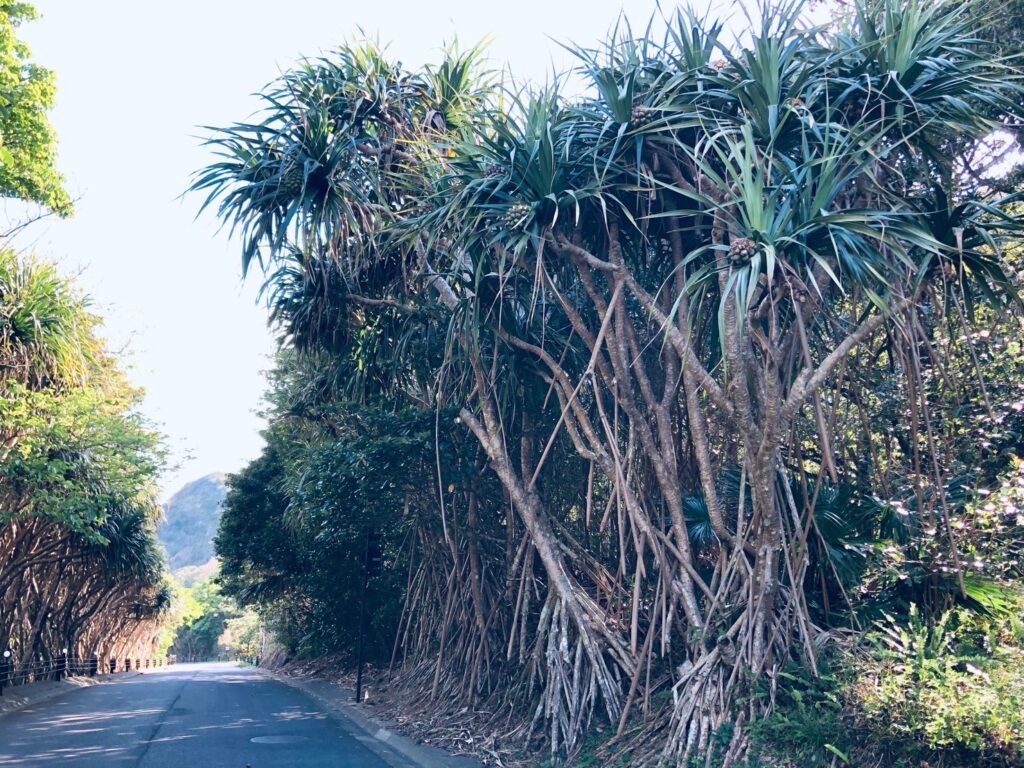
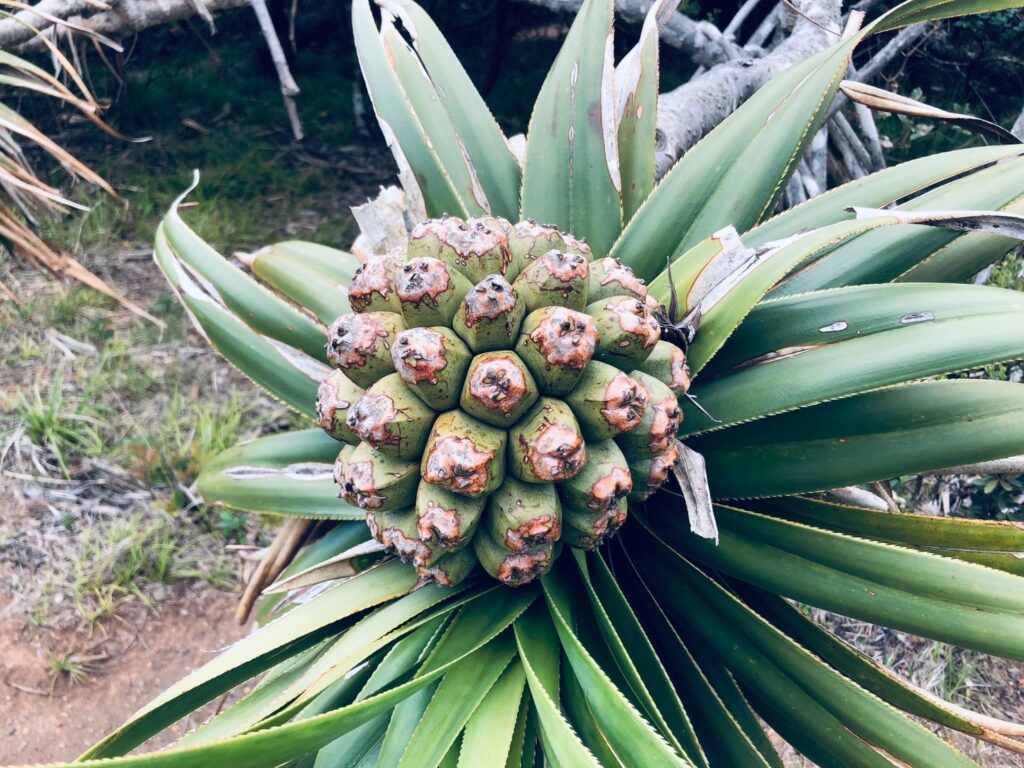
The only material for Takonoha folk craft is the leaf of Takonoha tree, the tree of the Ogasawara village. Tako represents octopus in Japanese and you can see that the roots of the tree are stretching out just like octopus legs.
Processing these leaves into the basket requires a very long time.
- Harvest the leaves and removes the thorns carefully.
- Bundle and boil them for 40-60 minutes.
- Hang them to air dry.
- Dry them in the sun for a month.
Now the leaves are finally ready to be woven into the basket.
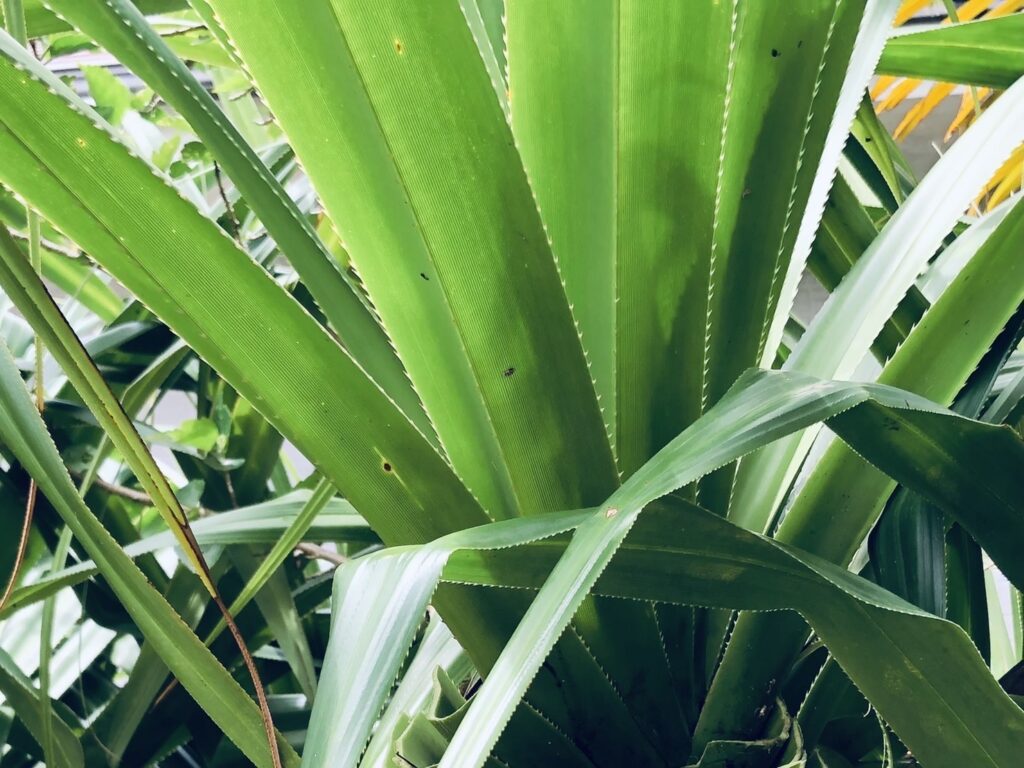
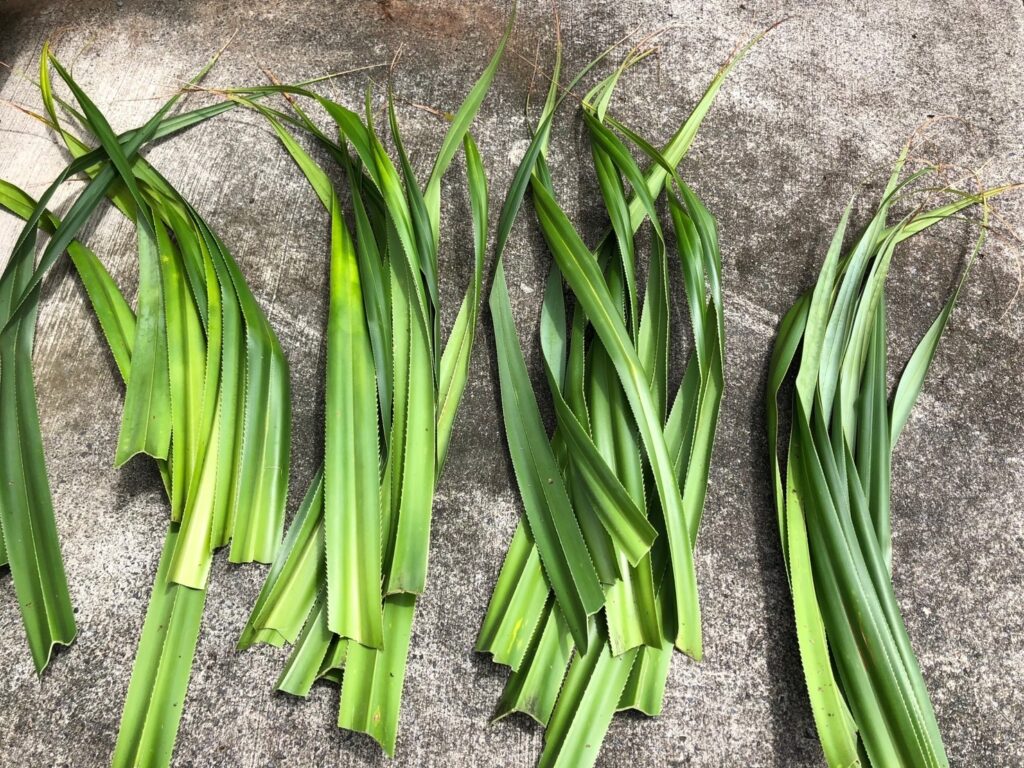
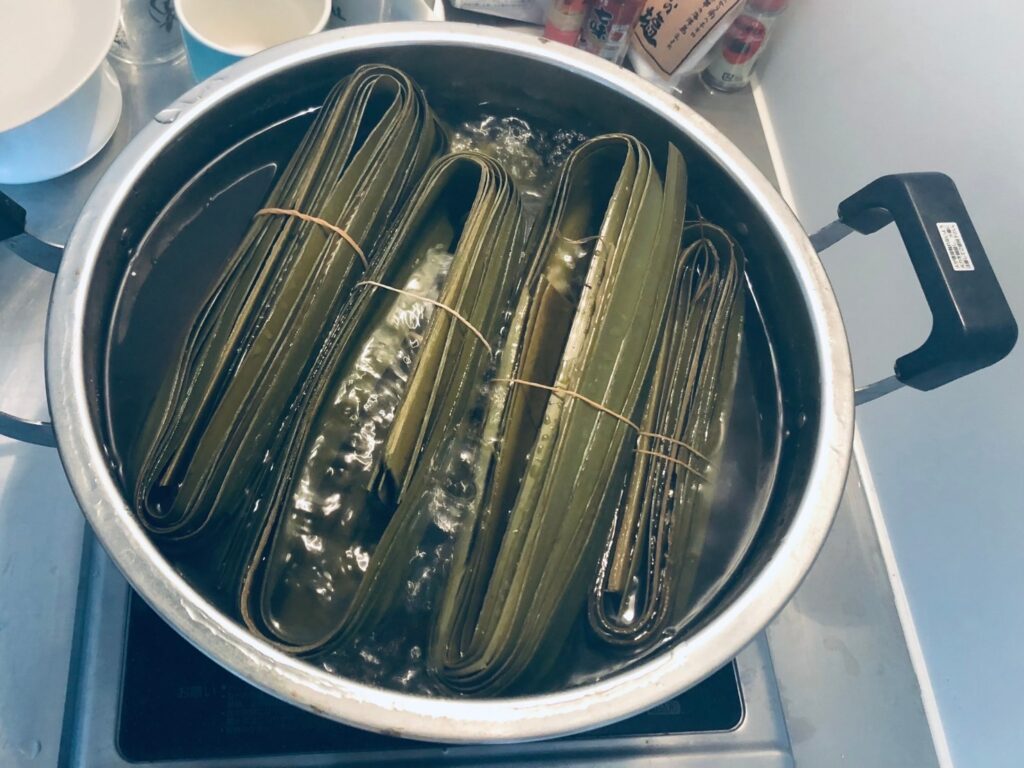
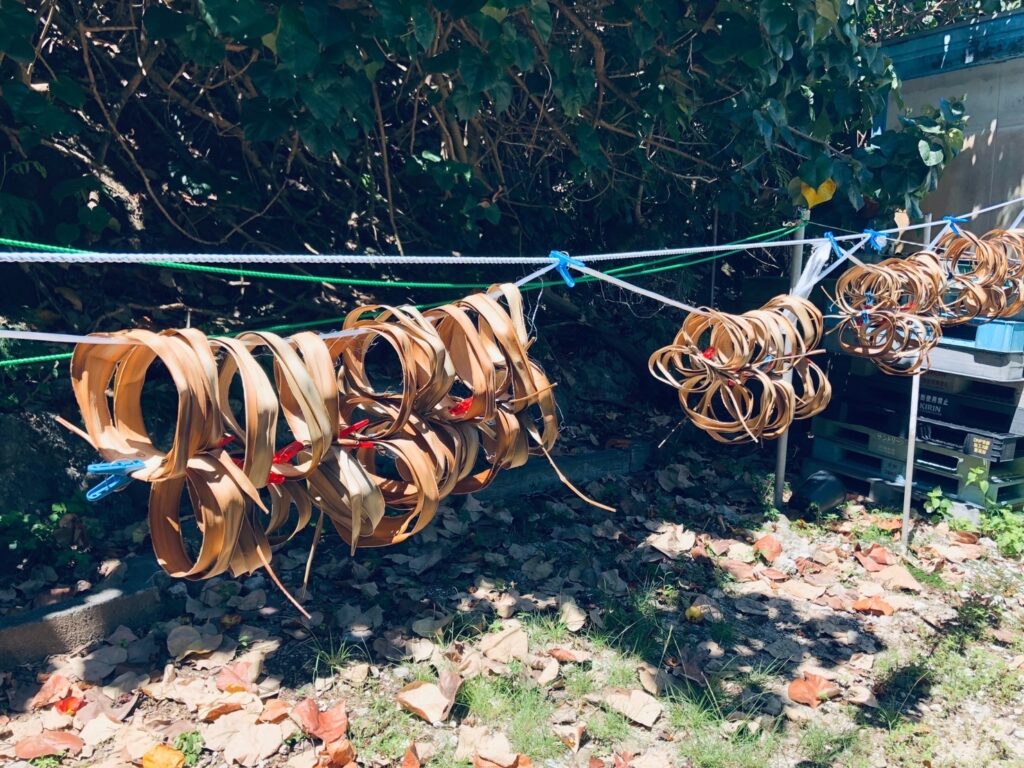
Takonoha basket × Sashiko
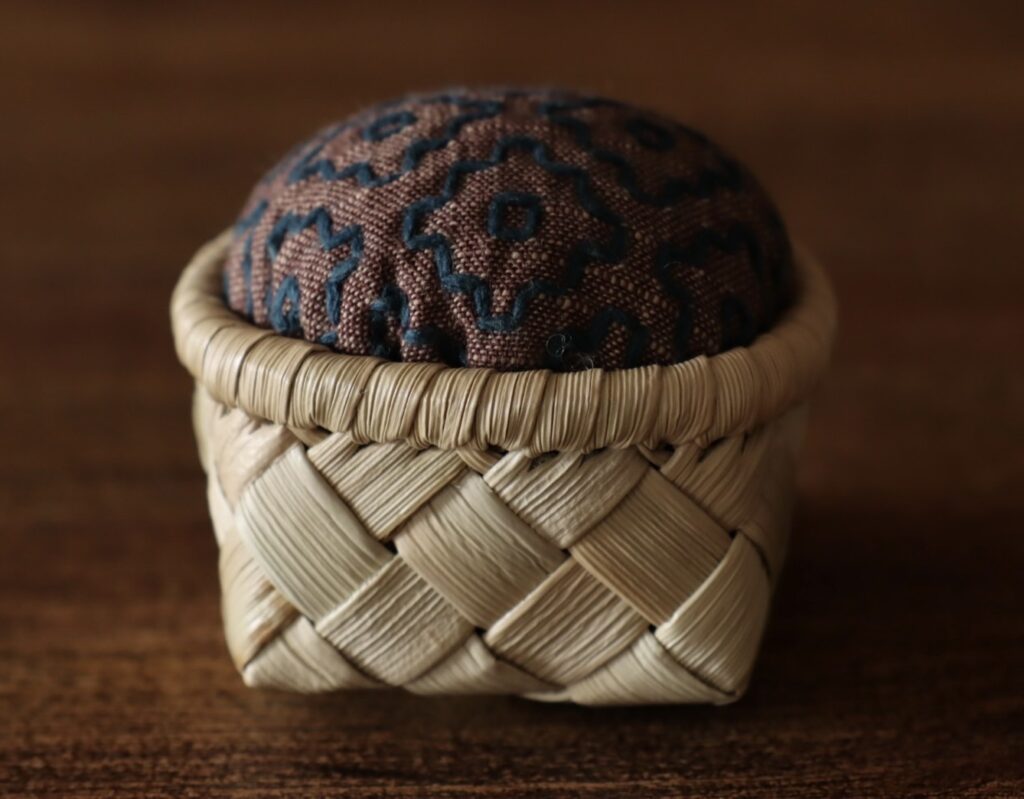
All of these process are done by one Japanese crafter @takonoha. She once visited Ogasawara islands on a trip and fascinated by its nature and the unique culture. What's great about her is she took action after that. She quit her job in Tokyo and started to learn Takonoha craft in the island. You should remember that the only way to reach the island is by a 24 hour ferry ride from Tokyo, and commuting to the island is almost impossible. So she started working at the hotel in the island to blend in with the locals, and to learn about the Takonoha crafts.
Now she stays in the island for four months of the year, and then returns to Tokyo where her husband is waiting. While she is in the island, she learns from the local master, and at the same time, she needs to process the Takonoha leaves to provide for the rest of the year. Since the Takonoha leaves are not something for sale as a material, she needs to harvest and process them by herself to continue to create the Takonoha crafts.
What we can do
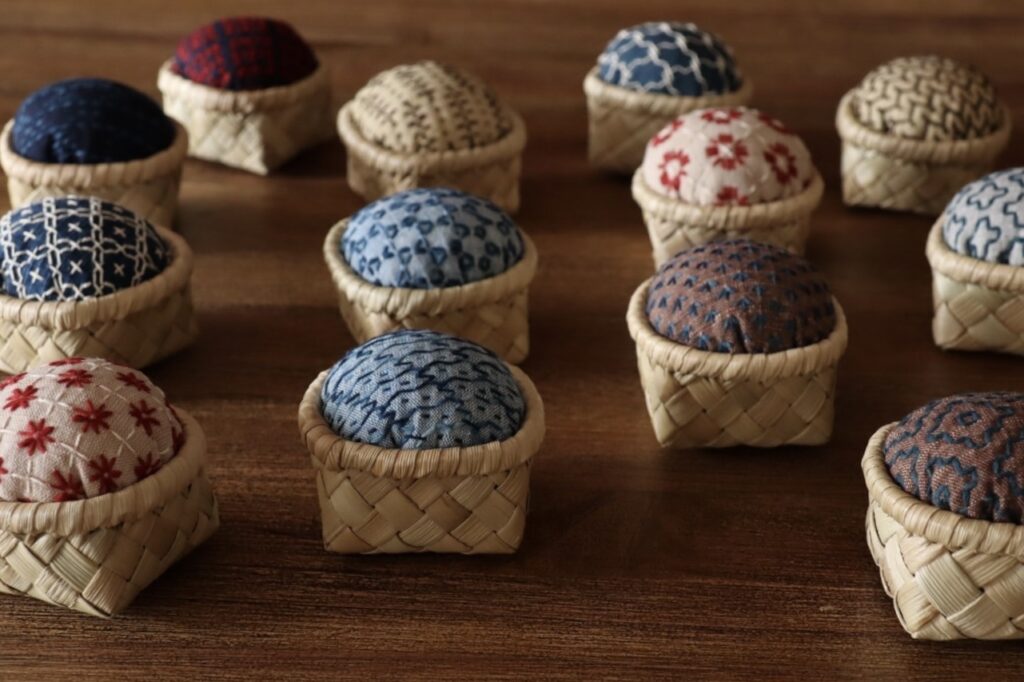
In the culture of "mass production, mass consumption, and mass waste", purchasing is not a special act at all. That's exactly why I wanted to introduce these pin cushions. They are carefully made by two Japanese crafters with the intension of handing down the Japanese folk crafts. They are just the tiny pin cushions, but they have the history and the story behind them.
I think that it's not just a coincidence that we ( @momo_sashico who stitched sashiko, @takonoha who made the basket, and me @sashiko.lab who is writing this post ) all are women in 40s. We all are proud of Japanese folk cultures, we love them and we don't want them die. We all are married, busy for life, and yet we don't want to give up on doing what we like. What we can do is small, but I believe that our small acts will lead to hading down the traditions. The SASHIKO × TAKONOHA pin cushions will be on sale on September 1st 2022 in my online store.
